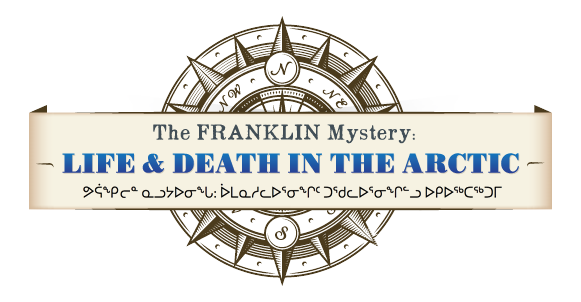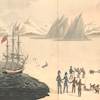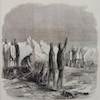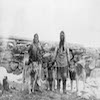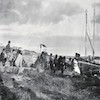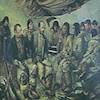Cultures in Contact: Inuit and Europeans in the Central Arctic, ca. 1830-1930
During the Admiralty's search for the Passage and the search for Franklin's missing expedition two major cultures – Inuit and European – were brought into contact with one another in the Arctic. For the Inuit these were often their first meetings with Europeans.
The contact story starts with the stranding of Captain John Ross`s party at Prince Regent Inlet in 1829-30 and two years later George Back’s relief expedition and the respective interactions with Inuit. Inuit testimony suggests that Franklin’s party had some contact with Inuit after leaving the ships, and the many expeditions sent to find Franklin often encountered Inuit.
The exchanges of the nineteenth and early twentieth centuries foreshadowed the more extensive interactions of the twentieth century, including the appearance of whalers and missionaries in Nunavut, trade with the Hudson`s Bay Company, and annual visits of Canadian supply vessels bringing visitors and goods from the south. Intensive interactions followed the consolidation of Inuit group into hamlets and settlements after the Second World War. For several decades Inuit occupied a disadvantaged position as they lacked the political power to make decisions affecting their homeland and way of life. Following the assertion of their rights and extensive negotiations with Canada`s federal government, the creation of Nunavut in 1999 brought political and cultural autonomy to the people of the Arctic, guided by Inuit Qaujimajatuqangit, or Inuit traditional knowledge.
The documents in this section will help solve these mysteries: what happened when Inuit and Europeans first met? Were these interactions peaceful or violent? What did each group stand to gain from trading goods and knowledge with the other? To what extent did the search for the missing Franklin Expedition depend on intercultural exchange? Here is a selection of the documents that relate to contact and there are others in the oral histories section of the archives.

